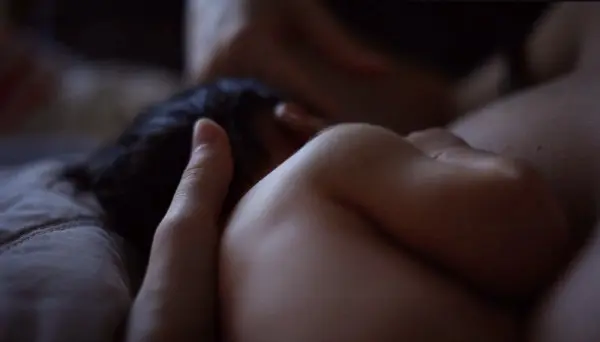I remember when I was pregnant with my first child. I assumed breastfeeding would come easily and naturally. If I had read the title “Breastfeeding Essentials”, I would have thought, “What?! You don’t need anything to breastfeed!” Well, after breastfeeding two babies, I can tell you that there sure are some products to make breastfeeding […]
breastfeeding
How to Stop Breastfeeding: A Lactation Counselor’s Guide
Thinking about how to stop breastfeeding? Whether it’s a nudge from your intuition, a shift in your lifestyle, or simply feeling that your exclusively breastfeeding chapter is wrapping up, you’re on the brink of a new adventure. That is why I am happy to have an expert share some great tips with you today. Katie […]
How To Increase Breast Milk Naturally At Home
Are you wondering how to increase milk supply? Breastfeeding mamas often place a lot of emphasis on how much milk they are producing and tend to worry about whether it is enough for their baby. Keeping track of nursing sessions or pumped bottles can be stressful! However, it’s helpful to consider the quality of your […]
DIY Nursing Cover With No Sew Option
Erika Wassall, the Jersey Farm Scribe, here with the easiest DIY nursing cover tutorial ever. When not breastfeeding, it can be a stylish scarf. If necessary, it becomes a discreet breastfeeding cover. And just how easy is this nursing cover scarf to make, you ask? So easy I made it with my two-week old newborn […]
To Breastfeed Or Not? Public Breastfeeding Controversy
I wish I could say, to breastfeed or not to breastfeed is the question of the moment. However, unfortunately it seems the issue has moved into an all out battle amongst mommy-hood clans. Formula vs. breast, which is best? To be honest, I have no interest in getting all up in arms over the issue. […]





